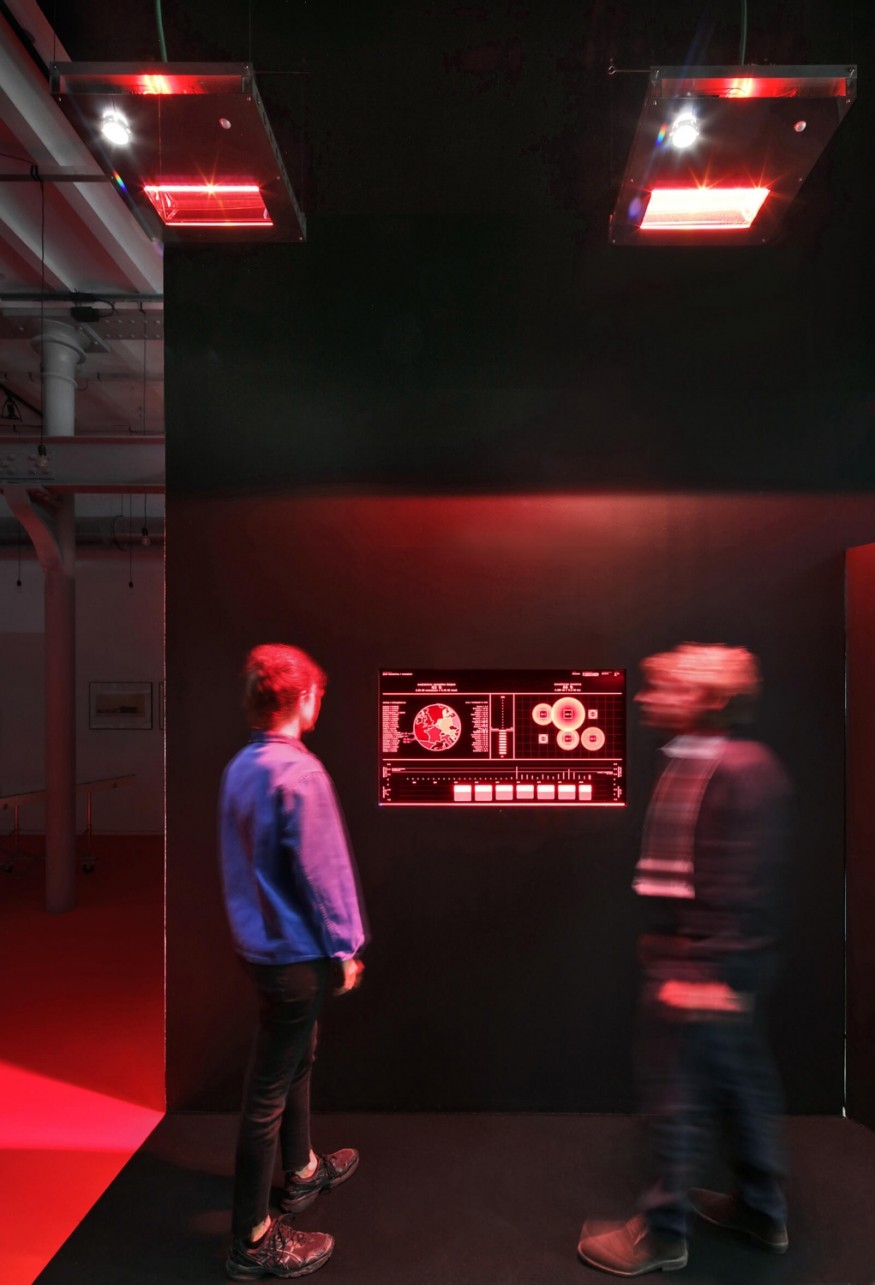Power Exhibition: Exploring the Intersection of Architecture, Energy, and Politics at CIVA Brussels

In the realm where architecture intersects with energy and politics, the exhibition "Power" at CIVA Brussels takes center stage, pcompellingly exploringthe intricate relationships between infrastructure, global geopolitics, and the pervasive concept of power. STIR engages with curator Silvia Franceschini to unravel the layers of this thought-provoking exhibition, which challenges visitors to contemplate the profound connections between architecture and life.

The Multifaceted Nature of Power
In legal and physical terms, power serves as the exhibition's focal point, symbolizing the capacity to act or influence behavior. The show, on display at the CIVA Museum of Architecture in Brussels until February 25, 2024, encourages a profound reflection on how infrastructure intertwines with various facets of life, including political institutions, citizen participation, geopolitics, climate justice, architecture, landscape design, and engineering.
Silvia Franceschini, co-curator of the project and contemporary curator of the museum, sheds light on the general approach of the institution, stating, "Our exhibitions usually combine historical and archival investigations with newly produced contributions." With "Power," the aim is to delve into the complex global issue without prescribing one-size-fits-all solutions, grounding the exploration in the specific context of Brussels, a city central to the European Union.
Read also: Kengo Kuma's MIRAI Design District: A Fusion of Japanese Aesthetics and Miami's Vibrant Culture
The exhibition unfolds with a spotlight on the historical influence of architecture on present-day energy dependencies. Research by Dennis Pohl, highlighted in his upcoming publication "Building Carbon Europe," reveals how architects since the 1950s played a pivotal role in shaping dependence on coal, steel, and nuclear energy. Collaborating with the European Coal and Steel Community, architects contributed to efficiency in the steel industry and integrated ideas of infinite nuclear energy into their designs.
A significant archive section delves into the construction of the Atomium, a modern symbol of Brussels, and the 1958 Universal Exhibition. Franceschini notes, "Expo 58 in Brussels marked the initial optimism of the nuclear era," showcasing energy-related pavilions and unrealized nuclear power plant plans. The exhibition reflects on the optimistic aesthetic of the atom before events like Chernobyl and Fukushima changed perceptions.

Bridging Past, Present, and Future with Innovative Installations
Transitioning from historical narratives, the exhibition seamlessly connects the past with the present and future. An installation by the research center The New Open from the Dutch TU Delft University rethinks the heating system of the exhibition space. Franceschini discusses the prototype of an infrared heating system that adjusts its intensity based on the available energy resources in Belgium, reflecting a conscientious approach to energy consumption in cultural institutions.
Photographer Armin Linke's works offer a visual commentary on large infrastructures and manifestations of globalization, climate change, and technological systems. Linke's commissioned series captures European summits concerning energy, revealing decision-making moments, regulatory agencies, and control rooms.
The exhibition presents a rich cultural panorama, featuring works from visionary films like "The Great Endeavour" by Liam Young to Buckminster Fuller's maps reimagining global energy networks. Initiatives from the City Mine(d) collective and projects by BC Architects, approaching architecture from a circular perspective, further broaden the scope of the exhibition.
Power as a Ubiquitous Eventuality
"Power," as a pervasive force impacting people differently, transcends hyper-technological projects by architectural stars. The exhibition emphasizes that addressing the complexities of power requires courageous and generous political decisions. While the exhibition aids in comprehending the issue's complexity, it also serves as a catalyst for individual action, recognizing the necessity for collective efforts in this epoch-making debate.
In conclusion, "Power" at CIVA Brussels transcends conventional boundaries, offering a profound exploration of the intersection of architecture, energy, and politics. The exhibition not only delves into historical influences but also paves the way for innovative solutions, urging visitors to contemplate their role in shaping a sustainable and equitable future.
Fischer Homes on the Future of Personalized Home Design

Architecture's Response to the Seven Million Homes Shortage

Travis Scott Slams Victory Boyd in Explosive 'Telekinesis' Lawsuit: 'She Lied on Copyright'

From Digital Models to 3D-Printed Homes: Jaspreet Kaur Lall Explains How the Innovation Changes the Construction Industry

Future Belongs to Green Construction: Sampath Kumar Paspunoori Explains One of the Key Trends in the Construction Industry














